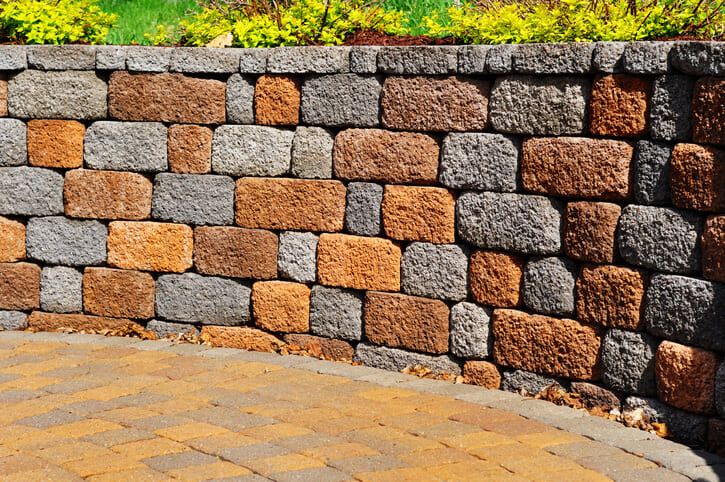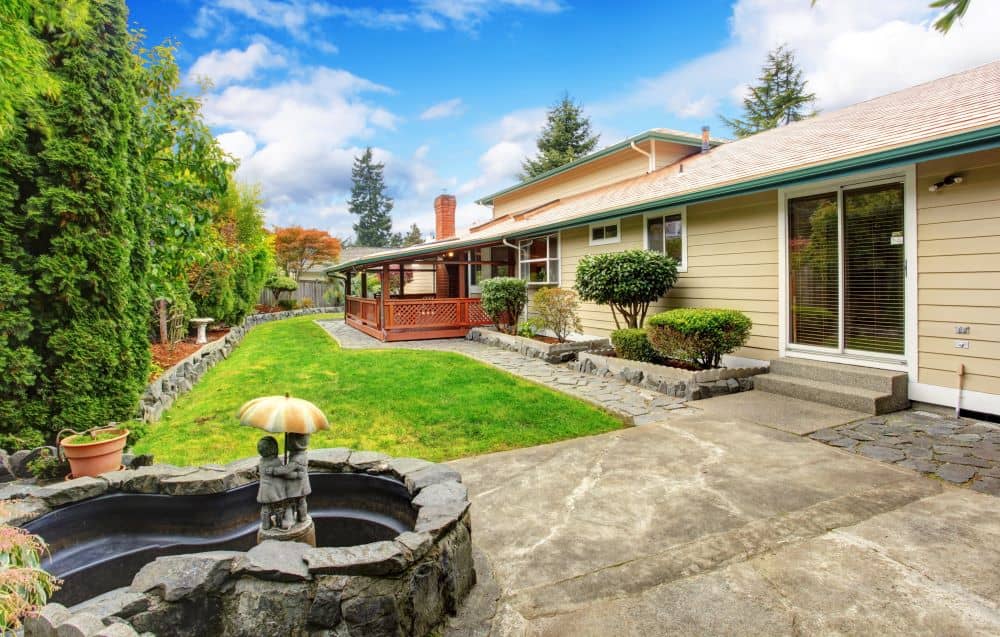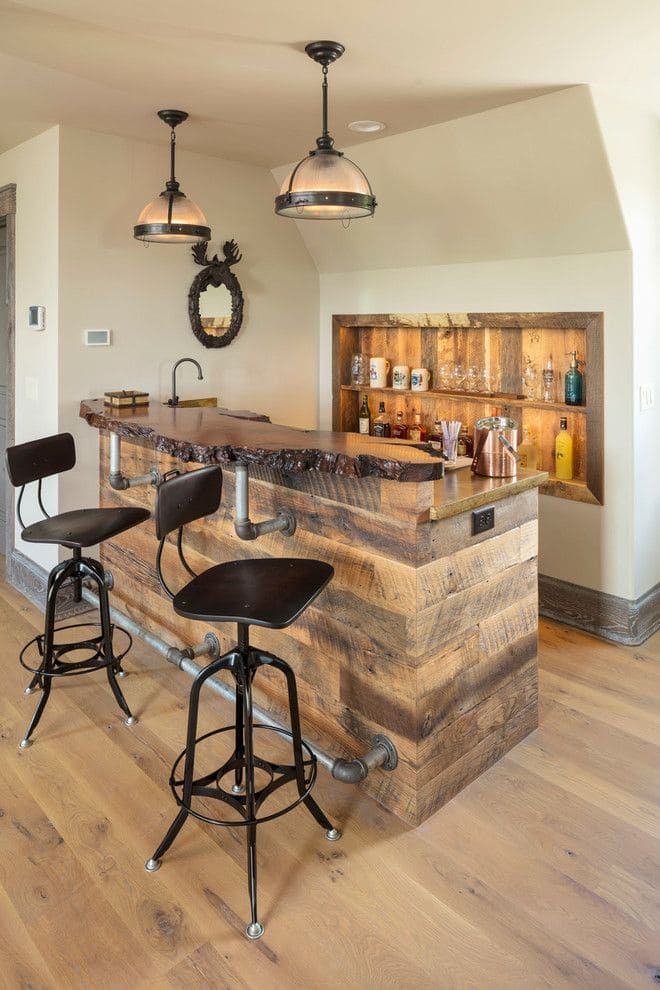Introduction
Rock walls have long been a staple in landscaping, offering both practical and aesthetic benefits to outdoor spaces. Whether you’re looking to terrace a sloping yard, define garden beds, or create a striking focal point, rock walls can fulfill a variety of purposes. In this comprehensive guide, we’ll explore the ins and outs of rock wall construction, maintenance, and design, equipping you with the knowledge to transform your outdoor environment.
Understanding the Basics
What are Rock Walls?
Rock walls, also known as retaining walls, are structures built to hold back soil and create level ground. They are typically constructed from natural stone, concrete blocks, or other durable materials and are commonly used in landscaping to manage slopes and create terraces.
Benefits of Rock Walls
Rock walls offer numerous benefits, including erosion control, improved drainage, and enhanced visual appeal. By preventing soil erosion, rock walls help protect your property from water damage and soil loss. Additionally, they can add dimension and texture to your landscape, creating visual interest and defining outdoor spaces.
Choosing the Right Materials
Natural Stone
Natural stone, such as limestone, granite, and sandstone, provides a timeless and organic look. It offers durability and weather resistance, making it an excellent choice for long-lasting rock walls.
Concrete Blocks
Concrete blocks offer versatility and ease of installation. Available in a variety of shapes, sizes, and colors, they allow for customizable designs and can mimic the appearance of natural stone at a lower cost.
Considerations for Material Selection
When choosing materials for your rock wall, consider factors such as cost, aesthetics, and durability. Selecting high-quality materials suited to your landscape’s conditions will ensure the longevity and effectiveness of your wall.
Design and Construction
Planning Your Wall
Before beginning construction, carefully plan the layout and design of your rock wall. Consider the wall’s purpose, location, and desired height, as well as any drainage or soil reinforcement requirements.
Building Techniques
Rock walls can be constructed using various techniques, including dry stacking and mortaring. Dry stacking involves fitting stones together without mortar, relying on their weight and friction for stability. Mortaring, on the other hand, involves using mortar to bond the stones together, providing additional strength and stability.
Tips for Successful Construction
- Ensure proper drainage behind the wall to prevent water buildup and soil saturation.
- Compact the soil base thoroughly to provide a stable foundation for the wall.
- Use a variety of stone sizes and shapes to create a naturalistic and visually appealing design.
- Consider incorporating terraces or steps to break up large slopes and provide access to different levels of your landscape.
Maintaining Your Rock Wall
Regular Inspections
Periodically inspect your rock wall for signs of damage, such as cracks, bulges, or leaning. Addressing issues promptly can prevent further damage and prolong the life of your wall.
Cleaning and Repairs
Keep your rock wall clean and free of debris to maintain its appearance and structural integrity. Use a stiff brush or pressure washer to remove dirt, algae, and other buildup. Repair any damaged or loose stones promptly to prevent deterioration.
Seasonal Maintenance
Perform seasonal maintenance tasks, such as regrading the soil behind the wall and checking drainage channels for blockages. By staying proactive with maintenance, you can ensure that your rock wall remains in optimal condition year-round.
Enhancing Your Landscape with Rock Walls
Creative Applications
In addition to their practical functions, rock walls can be used creatively to enhance your landscape. Consider incorporating planting pockets, seating areas, or water features into your wall design to add interest and functionality.
Environmental Benefits
Rock walls offer environmental benefits beyond their aesthetic appeal. By preventing soil erosion and managing water runoff, they contribute to soil health, water conservation, and biodiversity in your landscape.
FAQs (Frequently Asked Questions)
- Can I build a rock wall myself, or should I hire a professional? Building a rock wall yourself is possible with the right tools and knowledge, but for larger or more complex projects, it’s advisable to hire a professional contractor.
- What type of stone is best for rock wall construction? Natural stone such as granite or limestone is often preferred for its durability and aesthetic appeal, but concrete blocks can also be a practical choice for DIY projects.
- How tall can a rock wall be? The height of a rock wall depends on various factors, including the materials used, soil conditions, and local building codes. In general, taller walls may require engineering and permitting.
- Do rock walls require drainage? Yes, proper drainage is essential for the longevity and stability of rock walls. Drainage techniques such as gravel backfill and weep holes help prevent water buildup behind the wall.
- How long do rock walls last? With proper construction and maintenance, rock walls can last for decades or even centuries. Natural stone walls, in particular, have excellent longevity and weather resistance.
- Can I incorporate lighting into my rock wall design? Yes, lighting can enhance the beauty and functionality of your rock wall, providing safety and ambiance for outdoor spaces.
Conclusion
Rock walls are versatile landscaping features that offer both practical and aesthetic benefits. Whether you’re creating terraces, defining garden beds, or adding dimension to your landscape, rock walls can transform outdoor spaces with their timeless appeal and functionality. By understanding the basics of rock wall construction, choosing the right materials, and implementing proper maintenance practices, you can enjoy the beauty and durability of rock walls for years to come.





